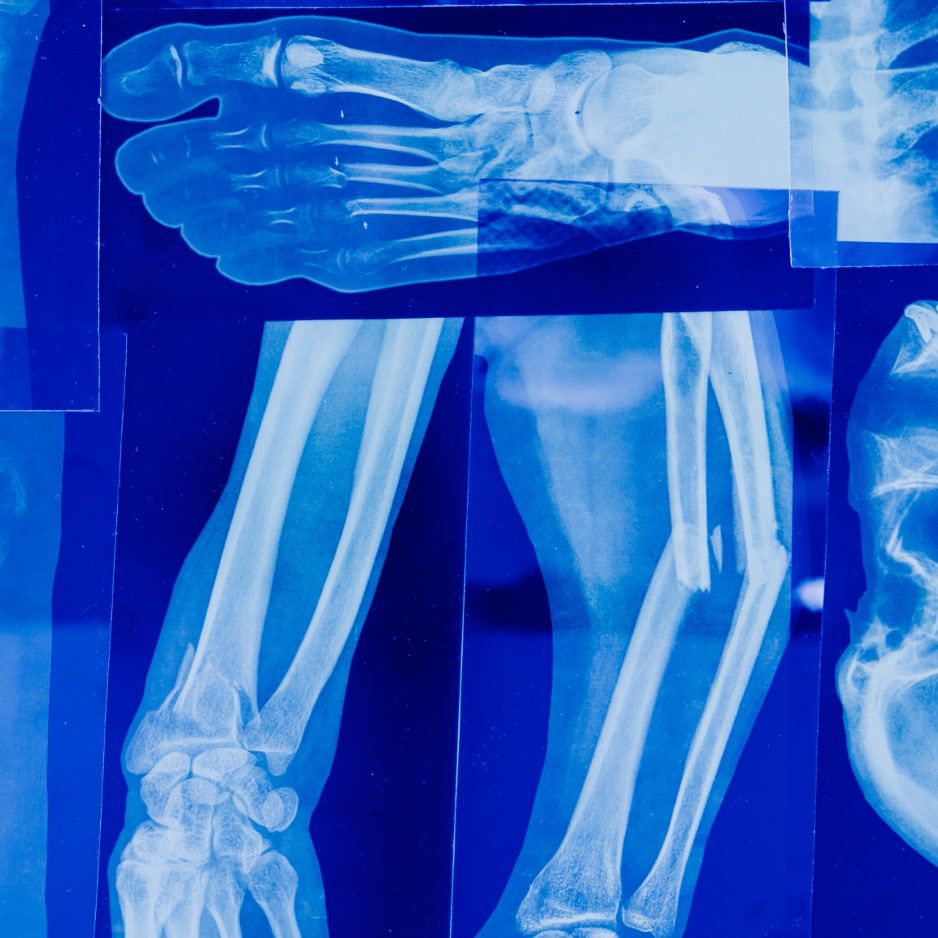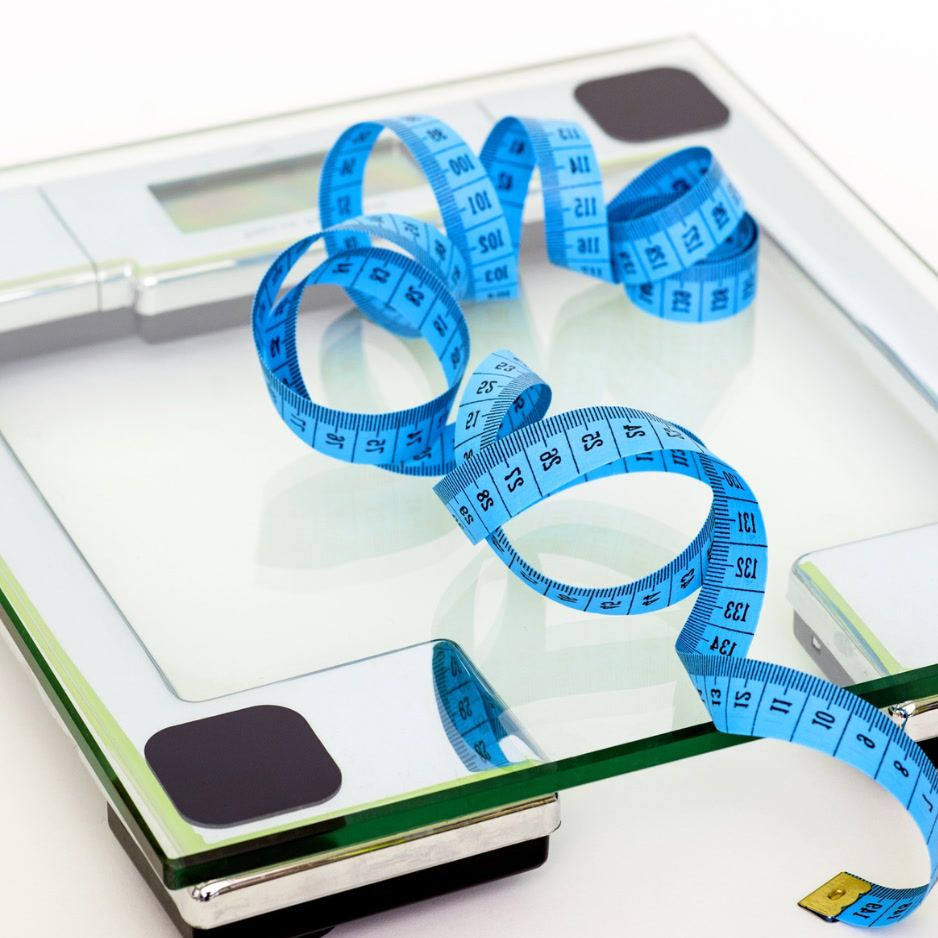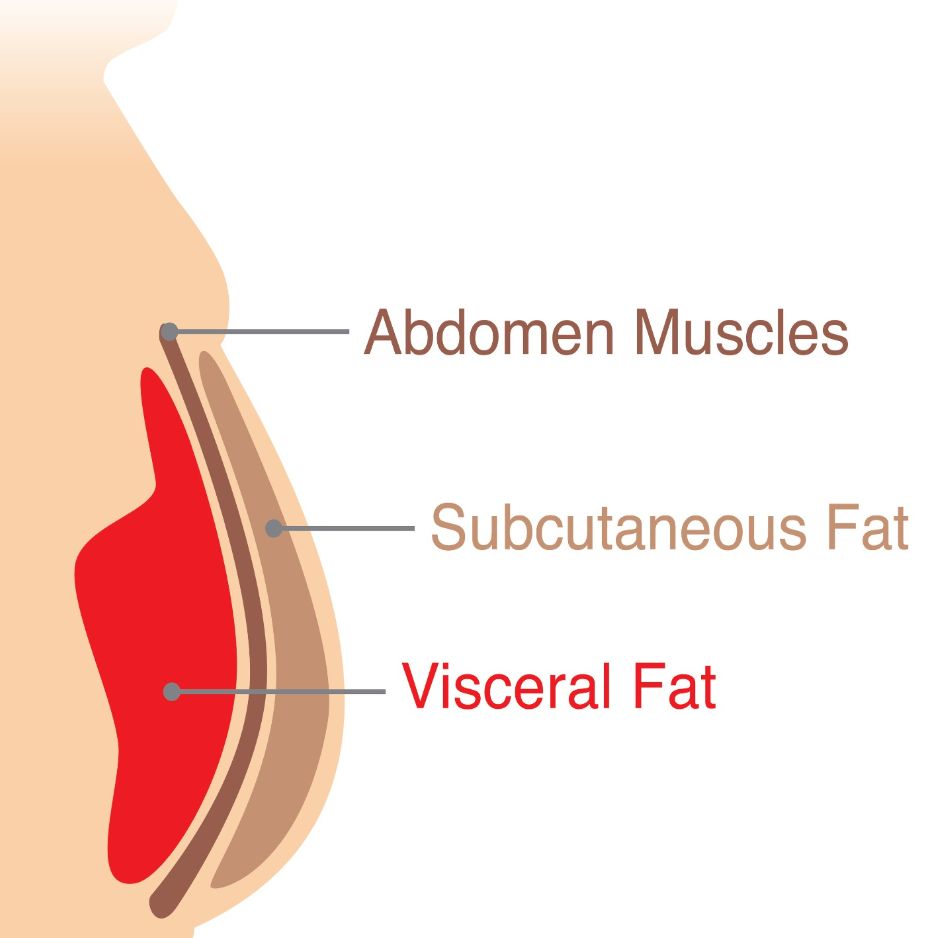What Is Subcutaneous Fat?

What Is Subcutaneous Fat?
Subcutaneous fat - we all have it, but what exactly is it? Let's dive into the world of subcutaneous fat and unravel its mysteries. Get ready to have your mind blown and your knowledge expanded. It's time for an adventure into the fascinating realm of fat!
Get weekly updates.
Understanding Body Fat: An Overview
Before we plunge headfirst into subcutaneous fat, let's take a moment to understand the incredible organ that is our body fat. Yes, you heard it right - fat is an organ! It's not just something we can pinch and jiggle. No, my friend, fat is a complex and important part of our bodies.
We tend to think of fat as the villain, lurking in our love handles and thighs, but it actually serves many vital functions. It acts as a protective cushion, insulates our organs, and even plays a role in hormone production. In fact, fat is essential for our bodies to function.
But let's dive deeper into the fascinating world of body fat and explore the different types that exist. It's not just a one-size-fits-all situation - oh no, fat comes in a variety of forms, each with its own unique characteristics and functions.
Different Types of Body Fat
Now, let's break down the different types of body fat, because not all fat is created equal. We have subcutaneous fat, visceral fat, brown fat, and even beige fat. It's like a party in there, and everyone's invited!
Subcutaneous fat, as mentioned earlier, is the star of today's show. It's the fat that hangs out just below our skin and gives us those lovely curves. But let's not forget about its shady cousin, visceral fat. Visceral fat is the kind that wraps itself around our organs, like a clingy ex who just won't let go. While subcutaneous fat may be visible and easier to pinch, visceral fat is hidden and can pose more health risks.
Oh, and who can forget about brown fat? It's like the cool kid at the fat party, raising our metabolic rate and burning calories like there's no tomorrow. Brown fat is packed with mitochondria, the powerhouses of our cells, which generate heat and help regulate body temperature. So, while we may not have a lot of brown fat, it certainly plays a crucial role in our overall energy expenditure.
But wait, there's more! Enter beige fat, a hybrid between white and brown fat. Beige fat is like the chameleon of the fat world, popping up when we need an extra boost of heat production. It's activated by cold temperatures and exercise, helping us stay warm and burn more calories in the process. Fat, my friends, includes a diverse and fascinating cast of characters.
So, the next time you think about body fat, remember that it's not just about appearances or societal beauty standards. It's about understanding the complexities and importance of this organ that plays a vital role in our overall health and well-being. Embrace the diversity of body fat and appreciate its multifaceted nature!
Defining Subcutaneous Fat
Now that we've covered the basics, let's zoom in on subcutaneous fat. Picture this - you're pinching your belly, and there it is, with all its squishiness. That's right, folks, subcutaneous fat is the fat that lies just beneath our skin, making itself known with every pinch and jiggle.
The Role of Subcutaneous Fat in the Body
So, what exactly does subcutaneous fat do? Well, it serves as an energy reserve, storing excess calories for a rainy day. It also helps regulate our body temperature, keeping us warm in chilly weather. And let's not forget its important job of providing cushioning and protection for our precious muscles and bones. Subcutaneous fat, you truly are a multitasking superstar!
How Subcutaneous Fat Differs from Visceral Fat
Now, let's talk about the differences between subcutaneous fat and its not-so-friendly counterpart, visceral fat. While subcutaneous fat makes itself known to the world, proudly hugging our curves, visceral fat is the sneaky little devil that lurks beneath the surface.
Subcutaneous fat, as the name suggests, is the fat that lies just beneath the skin. It is the fat that gives our bodies shape and contour. It can be found all over our bodies, from our arms and legs to our abdomen and buttocks. Subcutaneous fat serves as a source of energy and insulation, helping to regulate body temperature.
On the other hand, visceral fat is a different story. It accumulates in our abdominal cavity, surrounding vital organs like the liver and intestines. This type of fat is not visible from the outside, making it difficult to gauge its presence. It is often referred to as "belly fat" or "deep fat" because of its location.
Health Implications of Visceral Fat
Visceral fat is like the evil twin of subcutaneous fat. It may not be visible, but it can wreak havoc on our health. Research has shown that excess visceral fat is associated with an increased risk of various health issues, including heart disease, type 2 diabetes, high blood pressure, and certain types of cancer.
One reason why visceral fat is so harmful is its proximity to vital organs. When this fat accumulates around the liver, it can interfere with its normal functioning. This can lead to insulin resistance, a condition in which the body's cells become less responsive to insulin, resulting in elevated blood sugar levels and an increased risk of developing diabetes.
Furthermore, visceral fat produces hormones and chemicals that can promote inflammation in the body. Chronic inflammation is believed to play a role in the development of many diseases, including cardiovascular disease and certain types of cancer. So, not only does visceral fat pose a direct threat to our organs, but it also sets the stage for a cascade of harmful processes in the body.
It's important to note that everyone has some amount of visceral fat, as it serves as a cushion and provides protection for our organs. However, problems arise when there is an excess accumulation of this fat. The good news is that visceral fat is responsive to lifestyle changes, such as a healthy diet and regular exercise. By adopting a balanced lifestyle, we can reduce the amount of visceral fat in our bodies and improve our overall health.
Factors Influencing Subcutaneous Fat
Now that we know the differences between subcutaneous and visceral fat, let's explore the factors that influence subcutaneous fat accumulation. It's not just about your love for late-night pizza or your Netflix marathon binges - there are other forces at play here.
Genetics and Subcutaneous Fat
Genetics plays a role in determining our body shape and how we distribute fat. Sorry, folks, but you can't blame your parents for passing down those stubborn love handles. Embrace those genetics, and remember that every body is unique and beautiful, no matter the shape!
Diet and Subcutaneous Fat
Now, let's talk about everyone's favorite topic - diet. While it's true that excess calorie intake can lead to subcutaneous fat accumulation, it's important to remember that a well-balanced diet is key. So, go ahead and enjoy an occasional treat, but remember to nourish your body with wholesome foods that make you feel amazing!
Exercise and Subcutaneous Fat
Ah, exercise - the nemesis of subcutaneous fat. Regular physical activity can help reduce subcutaneous fat, especially when paired with a healthy diet. So, put on those running shoes and hit the gym. Your body will thank you!
Measuring Subcutaneous Fat
Now that we've covered the factors influencing subcutaneous fat, let's talk about how we can measure it. Yes, my friends, we can now get scientific and track our fat levels!
Professional Methods for Measuring Subcutaneous Fat
One way to measure subcutaneous fat is through professional methods like dual-energy X-ray absorptiometry (DEXA) scans or skinfold calipers. These methods provide accurate measurements and can be done by trained professionals. So, if you're serious about tracking your body fat, consider getting a DEXA scan and embracing the geeky side of fat measurement!
At-Home Methods for Measuring Subcutaneous Fat
For those who prefer the DIY approach, there are at-home methods available. Body fat scales and handheld devices claim to measure body fat, but take those measurements with a grain of salt. They may not be as accurate as professional methods, but they can still give you a general idea of your progress.
The Health Implications of Subcutaneous Fat
Before we wrap up this party, let's delve into the health implications of subcutaneous fat. Because, believe it or not, subcutaneous fat isn't all bad.
The Benefits of Subcutaneous Fat
Subcutaneous fat acts as a natural padding, protecting our organs from injury. It also helps regulate our body temperature and provides a source of energy when needed. So, while we may curse it for making our clothes a bit snug, let's give subcutaneous fat a round of applause for its incredible abilities!
The Risks of Excess Subcutaneous Fat
Of course, too much of a good thing can be harmful. Excess subcutaneous fat has been linked to health issues like high blood pressure, heart disease, and insulin resistance. So, while a little extra cushion can be helpful, let's make sure we keep it in moderation.
And there you have it, folks - a whirlwind tour through the world of subcutaneous fat. It's a complex and fascinating topic that deserves our understanding and respect. So, before you judge that squishy belly, remember that subcutaneous fat is there for a reason - to protect and serve!
Now, if you're itching to uncover the mysteries of your own subcutaneous fat, consider BodySpec's affordable DEXA Scans. With their state-of-the-art technology, they can track your body fat, muscle mass, and bone health over time. So, what are you waiting for? Unleash your inner fat detective and start your fat-fighting journey today!


